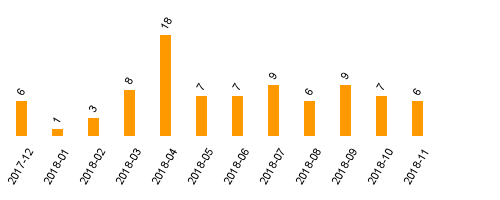International Norms and European Policy Making : Trafficking in Women in the EU
Locher, BirgitDownload:
pdf-Format: Dokument 1.pdf (116 KB)
| URL | http://edoc.vifapol.de/opus/volltexte/2012/3772/ |
|---|---|
| Dokumentart: | Bericht / Forschungsbericht / Abhandlung |
| Institut: | CEuS - Jean Monnet Centre for European Studies |
| Schriftenreihe: | CEuS working paper |
| Bandnummer: | 2002, 6 |
| Sprache: | Englisch |
| Erstellungsjahr: | 2002 |
| Publikationsdatum: | 07.05.2012 |
| Originalveröffentlichung: | http://www.monnet-centre.uni-bremen.de/pdf/wp/2002-6-Locher.pdf (2002) |
| SWD-Schlagwörter: | Menschenhandel , Europäische Union , Bürokratie |
| DDC-Sachgruppe: | Politik |
| BK - Basisklassifikation: | 89.73 (Europapolitik, Europäische Union), 88.20 (Organisation staatlicher Einrichtungen, Management staatlicher Einrichtungen) |
| Sondersammelgebiete: | 3.6 Politik und Friedensforschung |
Kurzfassung auf Englisch:
This paper seeks to explore a striking puzzle of EU policy-making – namely the question how and why the EU even though the problem of trafficking in women continued to exist since the 1970s all the sudden began to put trafficking on its political agenda. Since 1995 the EU not only passed numerous resolutions and Recommendations, but also launched public awareness campaigns and costly policy programs such as Stop and Daphne. In order to solve this policy puzzle I employ a norm-oriented constructivist approach. I argue that the latest EU activities against trafficking in women can be explained by the „revitalization“ and implementation of the anti-trafficking norm on the European level. The move from normadoption to norm-implementation was possible through the interplay of various enabling factors such as actors comprising a „velvet triangle“, political opportunity structures, and effective frames that allowed norm-linking. „World time“ (see Risse et al. 1999) i.e. a particular historical setting beneficial for norms, their diffusion and implementation appears as a central feature in the case. In this sense the paper does not investigate how to explain the deepening of human rights, but rather concerns itself with its effects. In a first step, I scrutinze the policy-puzzle that guides this work, describe the quality and dimension of the phenomenon of trafficking in women, and trace the EU´s reaction to the problem. In a second step, I propose a norm-based constructivist approach focusing on actors, farmes, and political opportunity structures for solving the policy puzzle. Finally, I consider alternative explanations before reflecting on common theoretical propositions concerning norm-success on the base of the empirical results of the trafficking case-study.
Für Dokumente, die in elektronischer Form über Datenenetze angeboten werden, gilt uneingeschränkt das Urheberrechtsgesetz (UrhG). Insbesondere gilt:
Einzelne Vervielfältigungen, z.B. Kopien und Ausdrucke, dürfen nur zum privaten und sonstigen eigenen Gebrauch angefertigt werden (Paragraph 53 Urheberrecht). Die Herstellung und Verbreitung von weiteren Reproduktionen ist nur mit ausdrücklicher Genehmigung des Urhebers gestattet.
Der Benutzer ist für die Einhaltung der Rechtsvorschriften selbst verantwortlich und kann bei Mißbrauch haftbar gemacht werden.
Zugriffsstatistik
(Anzahl Downloads)


